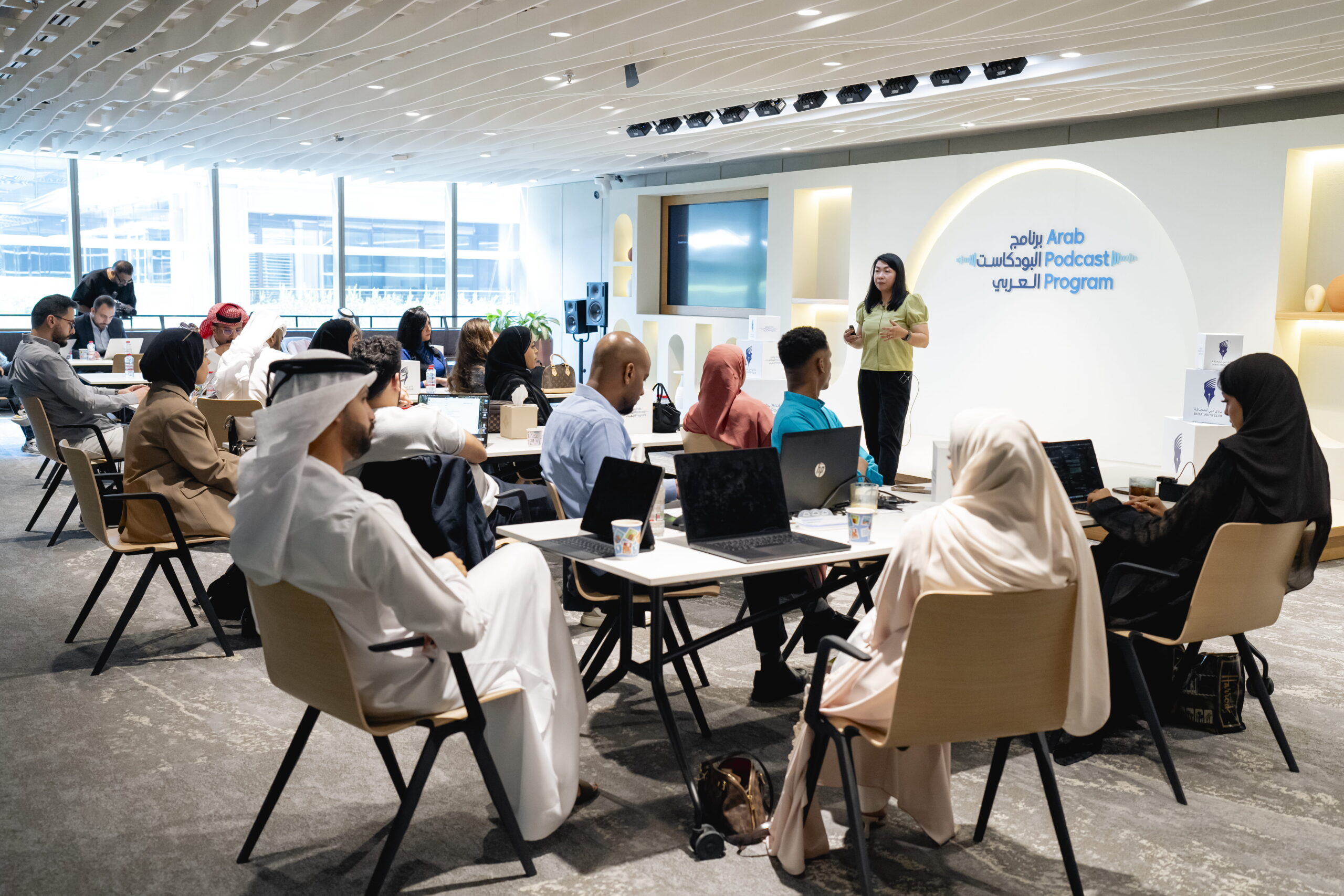Newswise — Rather than completely burning up when a spacecraft reenters Earth’s atmosphere, its heat shield’s outer surface is sacrificed to protect the rest of the vehicle. The carbon fibers decompose, dissipating the heat. It was assumed that this only happens on the surface, but in a recent study, researchers from The Grainger College of Engineering, University of Illinois Urbana-Champaign and four other institutions gained new information about how the protective carbon fiber material evolves, not just at the surface, but beneath, where structural failure could occur and threaten the life of the vehicle.
“We often assume that degradation of the heat shield only happens at the surface, which is not always a bad assumption. But given the degradation we observed throughout the material volume, our work shows that this assumption does not always hold, demonstrating that the heat shield’s structural integrity can be significantly compromised under certain conditions,” said aerospace engineering Ph.D. student Ben Ringel. “Also, this in-depth weakening could lead to spallation—when large chunks of material are torn off, causing the thermal protection system to degrade faster.”
According to Ringel’s advisor, Francesco Panerai, “The oxidation of carbon fiber is a key process in thermal protection. It is also one of the most studied in material science and its theory is very well established. But here, we executed an elegant, simple, although very difficult to execute, experiment. For the first time, we could see this theory in action, with some unexpected twists.”
Panerai and his collaborators at the Berkeley Lab Advanced Light Source performed the experiments at the Paul Scherer Institute in Switzerland. They used the TOMCAT beamline at the Swiss Light Source—a specialized facility where dynamic processes can be tracked in space and time, using an ultra-fast end station and a special camera system that resolves micron-scale structures with sub-second time resolution for extended durations.
The team subjected small samples of ablative carbon fiber material to heat under the bright X-rays of TOMCAT, collecting a time-series of 3D images of the sample as it rotated and was consumed by oxygen.
“The level of detail that TOMCAT provided was incredible,” Panerai said. “We could observe fiber ablation at a resolution that we had not seen before.”
Ringel was given about 19 TB of raw data collected in Switzerland and began processing it.
“After reconstructing the data, I used deep learning to segment it—identifying the fibers from the void,” Ringel said. “It was a huge data management challenge. From the beginning, I could qualitatively see a shift in material response between conditions.”
Next came intensive analysis. He examined how easily oxygen diffuses through the material compared to how quickly it reacts with the carbon fibers.
“There’s a finite amount of oxygen that’s available to react with the carbon fibers. In high-temperature cases, reactions happen fast, and the oxygen doesn’t have time to diffuse into the material before getting eaten up at the surface,” Ringel said. “But, as the temperature decreases, reactions slow down, giving the oxygen time to percolate through the material, leading to weakening of fibers throughout the volume of the material.
“We captured this happening. We visualized and quantified how deep into the material reactions were occurring based on temperature and pressure. We mapped them using non-dimensional analysis, which describes the competition between diffusion and reaction rates in materials. Our numbers from the images correlated with what we saw.”
The second phase of the analysis involved a close collaboration with NASA’s Ames Research Center. Ringel and colleagues used NASA’s Porous Microstructure Analysis software on the National Energy Research Scientific Center supercomputer to run over 1,600 material property simulations.
“Simulations utilized our evolving 3D images, providing us with information on properties of the material at each timepoint. We also developed a novel method to calculate the properties of the material as a function of both time and space. For the first time, we can see how the properties change throughout the heat shield material under varying diffusion-reaction regimes.”
The information generated from this research on diffusion and reaction is invaluable for advancing modern ablation models, enhancing heat shield performance, and tailoring materials to specific operational conditions.
“Our data provides valuable measurements to help other heat shield researchers validate and improve their ablation models, which are then applied to in-flight vehicles.
“With an improved understanding of how diffusion-reaction competition influences heat shield degradation throughout flight, a world of innovative engineering becomes possible. This knowledge empowers the development of advanced manufacturing approaches, such as 3D-printed heat shields with precisely engineered internal structures designed to meet the specific conditions of hypersonic reentry.”
The study, “Carbon Fiber Oxidation in 4D,” written by Benjamin M. Ringel and Francesco Panerai from Illinois; Federico Semeraro, and Bruno Dias from AMA Inc at NASA’s AMES; Joseph C. Ferguson from Stanford University; Harold S. Barnard, Sam Schickler, Kara Levy, Shawn Shacterman, Talia Benioff-White, Julian Davis, Alastair A. MacDowell and Dilworth Y. Parkinson from Advanced Light Source at Lawrence Berkeley National Laboratory; C.M. Schlepütz from Swiss Light Source at the Paul Scherrer Institute; and Edward S. Barnard from the Molecular Foundry at Lawrence Berkeley National Laboratory. It is published in and featured on the cover of Advanced Materials. DOI:10.1002/adma.202502007
This work was supported by grants from the Air Force Office of Scientific Research and NASA. Advanced Light Source is a facility funded by the Department of Energy.







